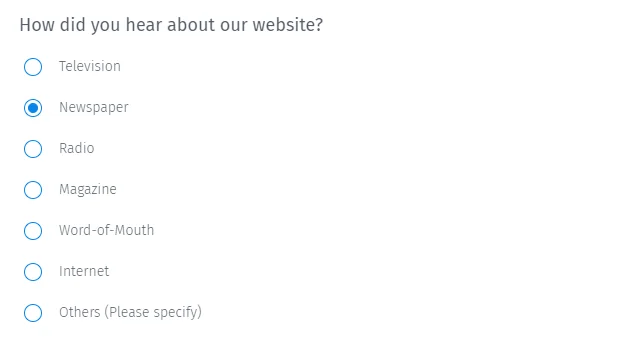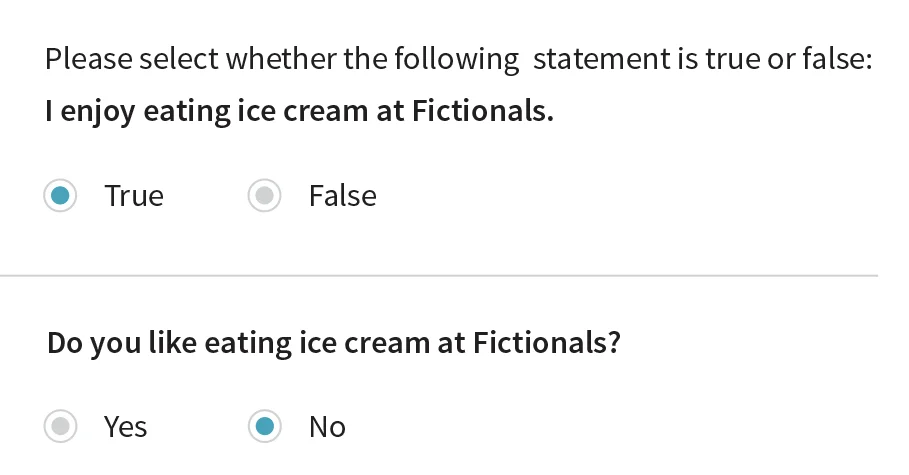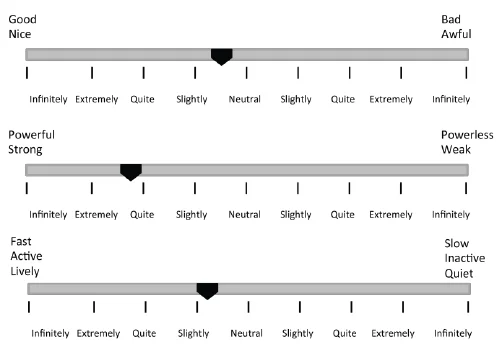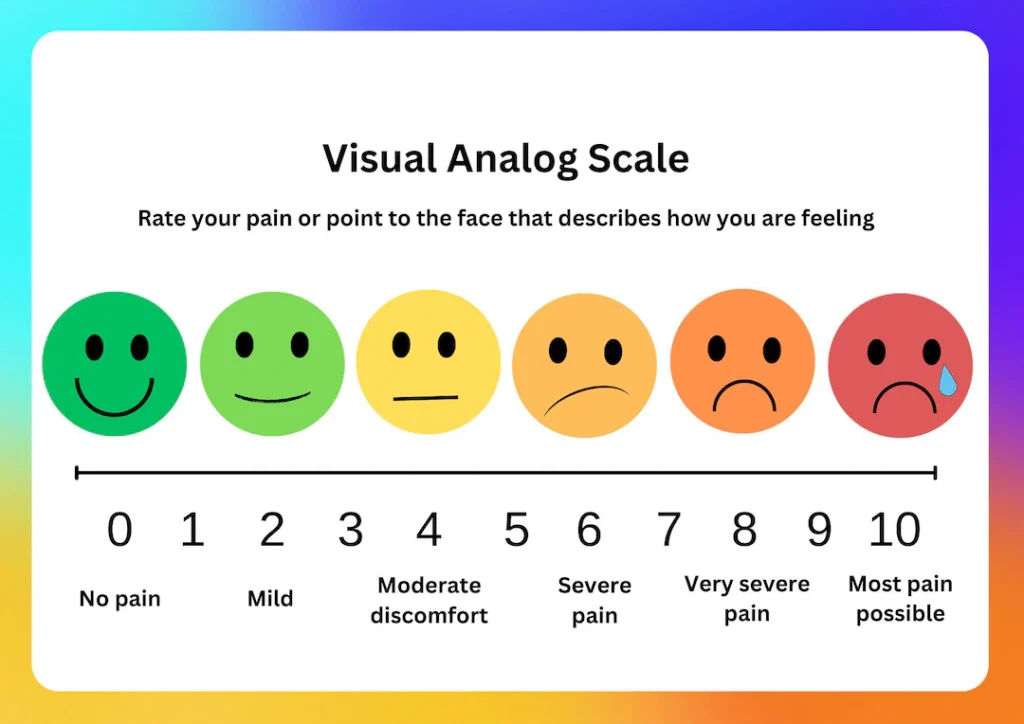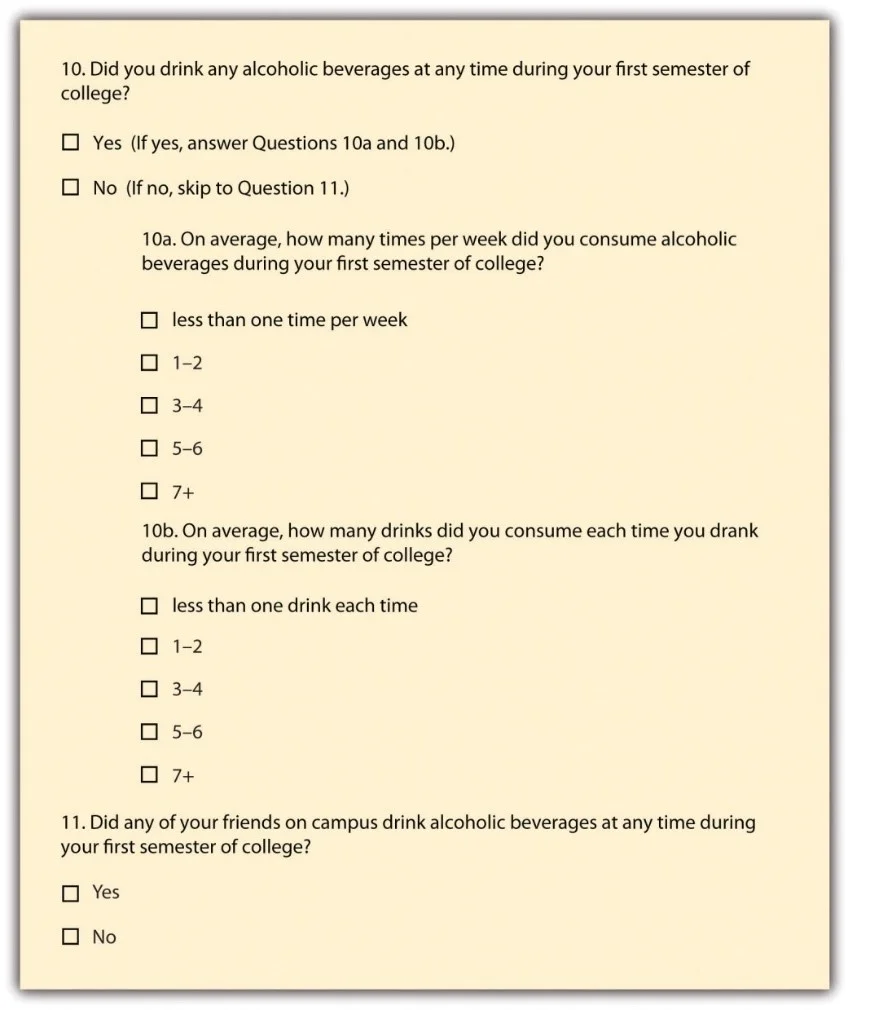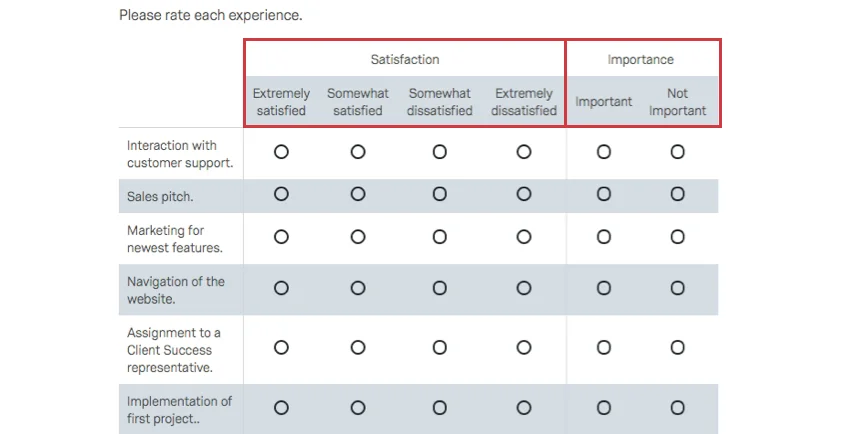5 Best Types of Survey Questions [2025]
![5 Best Types of Survey Questions [2025]](https://surveyslack.com/wp-content/uploads/2025/01/5-Best-Types-of-Survey-Questions-2025-1024x576.jpg)
Imagine launching a massive ship, only to discover it’s leaking like a sieve. That’s what happens when you Create a survey that falls flat. Low response rates, like a leaky ship, sink your data collection efforts before they even begin.
Many surveys, sadly, suffer from this fate, with some boasting a dismal 10% response rate. This can lead to skewed results, painting a distorted picture of reality and potentially steering your decisions in the wrong direction.
But fear not, shipmates! This article will equip you with the knowledge to craft surveys that sail smoothly, gathering valuable insights with minimal resistance.
We’ll delve into different types of survey questions, exploring their strengths and weaknesses, and even offer some SurveySlack inspiration with ready-to-use survey templates.
#1 Types of Survey Questions: Closed-Ended Questions
Think of closed-ended questions as a multiple-choice test for your survey. They offer specific answer choices, making data collection and analysis a breeze. This type of survey question is perfect for quick and easy insights. Here are the closed-ended questions types:
- Multiple Choice Questions
Multiple-choice questions are frequently used in surveys. They offer a set list of options for respondents to choose from.
- Advantages: They simplify data analysis and provide clear responses.
- Disadvantages: Respondents may feel restricted due to limited options, which can introduce bias.
For example, a customer satisfaction survey might ask, “How satisfied are you with our service?” with options ranging from “very unsatisfied” to “very satisfied.” Interestingly, about 70% of surveys incorporate multiple-choice questions.
- Dichotomous Questions
Dichotomous questions require a simple “yes” or “no” response. They are straightforward to analyze.
- Simplicity: Respondents can quickly understand it.
- Limitations: These questions can lack depth and nuance.
A quick social media poll asking, “Do you enjoy our content?” is a good example. Use dichotomous questions for simple, direct inquiries.
- Ranked-Order Questions
Ranked-order questions ask respondents to prioritize a set of options.
- Usefulness: They help determine preferences.
- Challenges: They may impose a cognitive load on respondents.
An example could be asking customers to rank their top three features of a product. Make sure to consider the potential for respondent fatigue, as ranking too many items could confuse them.
#2 Types of Survey Questions: Open-Ended Questions
Want to hear your respondents’ true voices? Open-ended questions are your go-to. These survey question types let them express themselves freely, providing rich qualitative data. Just be prepared for some serious analysis! Here are the open-ended questions types:

- The Power of Open-Ended Questions
- Open-ended questions allow respondents to provide detailed answers, revealing rich qualitative data.
- Qualitative insights often contribute to deeper market understanding, with research indicating that 85% of consumer insights come from open-ended responses.
- Analyzing Open-Ended Responses
- While open-ended questions provide valuable information, analyzing the responses can be challenging. It often requires manual coding and can be time-consuming.
- Techniques like thematic analysis help organize data effectively. For example, asking for customer feedback about a recent purchase can yield in-depth insights.
- Best Practices for Open-Ended Questions
- To make the most of open-ended questions, keep them concise and clear. Avoid leading questions that might sway responses. A notable survey expert once said, “Clarity is the cornerstone of effective surveys.”
#3 Types of Survey Questions: Rating Scale Questions
From ‘strongly agree’ to ‘strongly disagree,’ rating scale questions let respondents easily express their feelings on a spectrum. These types of questions in a survey are great for measuring satisfaction, agreement, and overall sentiment. Here are the rating scale questions types:
- Likert Scale Questions
Likert scales measure attitudes by offering a range of options, usually from “strongly disagree” to “strongly agree.” Here are the likert scale examples:
- Advantages: They are easy for respondents to understand and analyze.
- Example: Measuring customer satisfaction with a 5-point scale is a common practice, where 5 represents “very satisfied.”
Research shows that most Likert scales contain five or seven points.
- Semantic Differential Scales
Semantic differential scales use pairs of bipolar adjectives.
- Uses: They gauge attitudes or perceptions effectively.
- Disadvantages: They may confuse some respondents due to the format.
An example could be asking respondents to rate a brand on a scale from “unfriendly” to “friendly.”
- Visual Analog Scales (VAS)
Visual analog scales measure subjective feelings along a continuum. Respondents mark a line to indicate their experience, such as pain level.
- Advantages: They are intuitive and user-friendly.
- Example: Patients often use VAS to rate the intensity of their symptoms effectively.
#4 Types of Survey Questions: Demographic and Filter Questions
These survey question types are the backbone of your survey. They help you segment your audience (age, location, etc.) and filter out irrelevant responses. Think of them as the gatekeepers to valuable data. Here are the demographic and filter questions types:
- Gathering Demographic Data
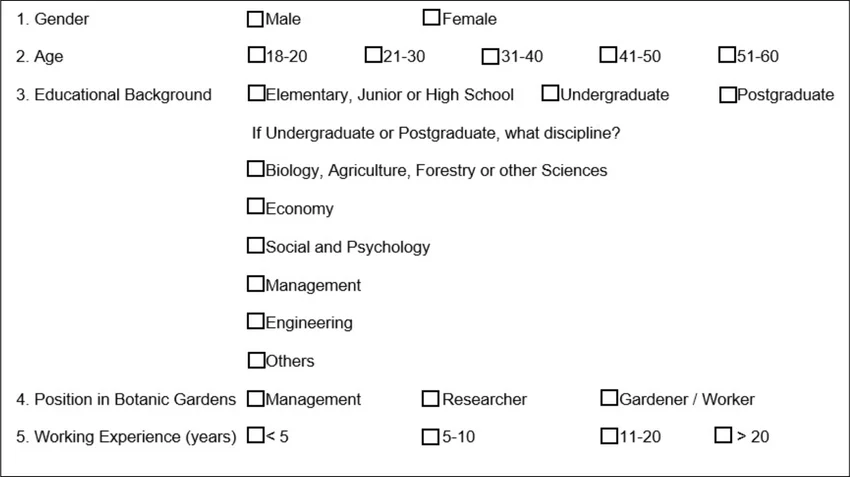
- Demographic questions help gather essential context about respondents. They include age, gender, location, and more.
- For instance, a demographic survey might ask about income levels to better understand target audiences.
- Using Filter Questions
- Filter questions direct respondents to relevant survey sections based on previous answers.
- For example, a survey might ask if respondents own a pet; only pet owners would then get questions about pet care products.
- Protecting Respondent Privacy
- When collecting sensitive demographic information, ethical considerations are critical. Always ensure respondents’ privacy is protected by anonymizing data and being transparent about how you’ll use the information.
#5 Types of Survey Questions: Matrix Questions
Imagine a spreadsheet for your survey! Matrix questions efficiently gather data on multiple related items with a single question. This type of survey questions saves time and space, making it a favorite among researchers. Here are the matrix questions types:
- Understanding Matrix Questions
- Matrix questions allow respondents to evaluate multiple items using the same set of response options.
- Example: A survey asking about satisfaction levels across various service elements could use a matrix format for efficiency.
- Advantages and Disadvantages
- Matrix questions offer several benefits.
- Advantages: They facilitate efficient data collection and easy comparison.
- Disadvantages: However, they can lead to respondent fatigue and possible bias if not designed carefully.
- Best Practices for Matrix Questions
- When crafting matrix questions, keep labels clear and concise. Limit the number of items to avoid overwhelming respondents.
Conclusion
Understanding different types of survey questions is essential for effective data collection. Whether you choose closed-ended, open-ended, rating scales, or demographic questions, each type serves a specific purpose. Crafting the right questions can unlock valuable insights for your research goals.
Improve your surveys by applying these principles with SurveySlack.com. Start creating a free survey that yields reliable and actionable data today!
FAQs on Types of Survey Questions
What are the 6 main types of survey questions?
Six main types include open-ended, closed-ended, multiple choice, rating scale, Likert scale, and dichotomous (yes/no).
What are the 5 basic questions for surveys?
Five basic types are open-ended, closed-ended, multiple choice, rating scale, and demographic.
How many types of questions are there in a questionnaire?
There are numerous types, but common categories include open-ended, closed-ended, multiple-choice, and rating scales.
What are 5 good survey questions for students?
Examples include: “What is your favorite subject?”, “How often do you study?”, “What are your career goals?”, “What improvements would you like to see in school?”, and “How satisfied are you with your teachers?”
What are the six parts of a survey?
Six parts often include: an introduction, instructions, questions, response options, demographic information, and thank-you.

